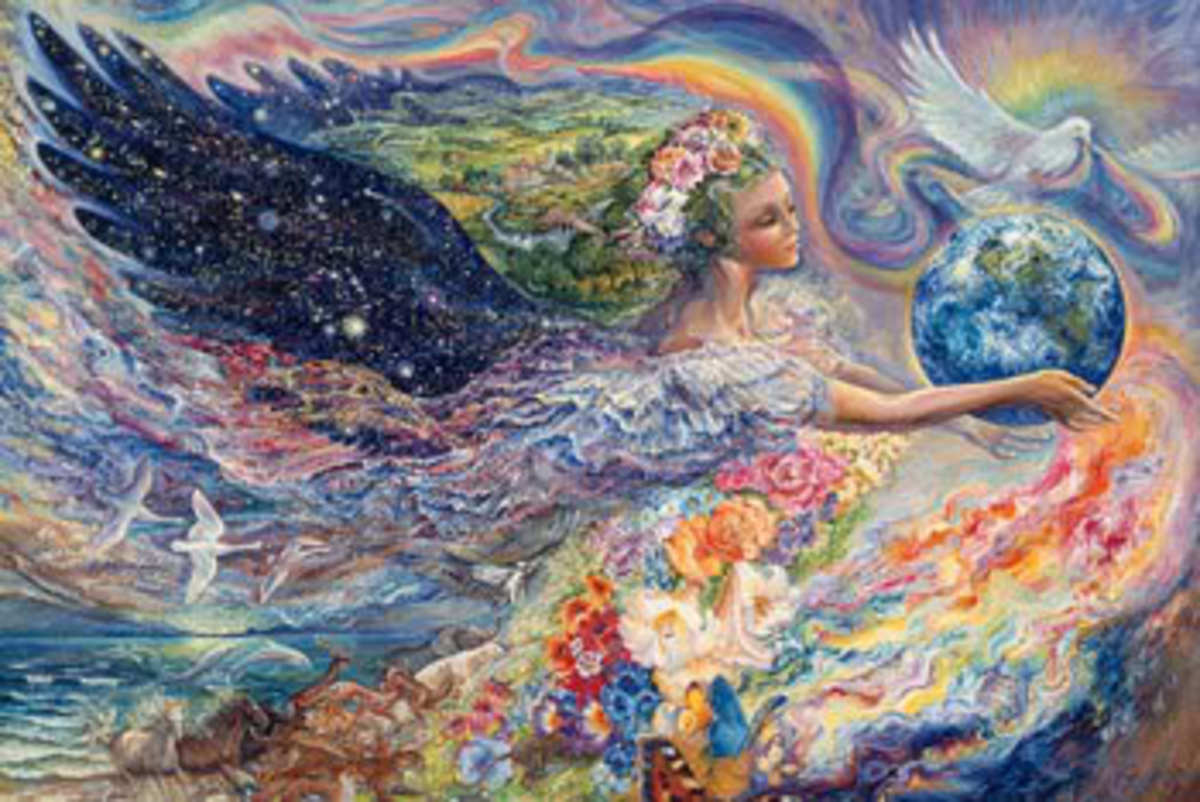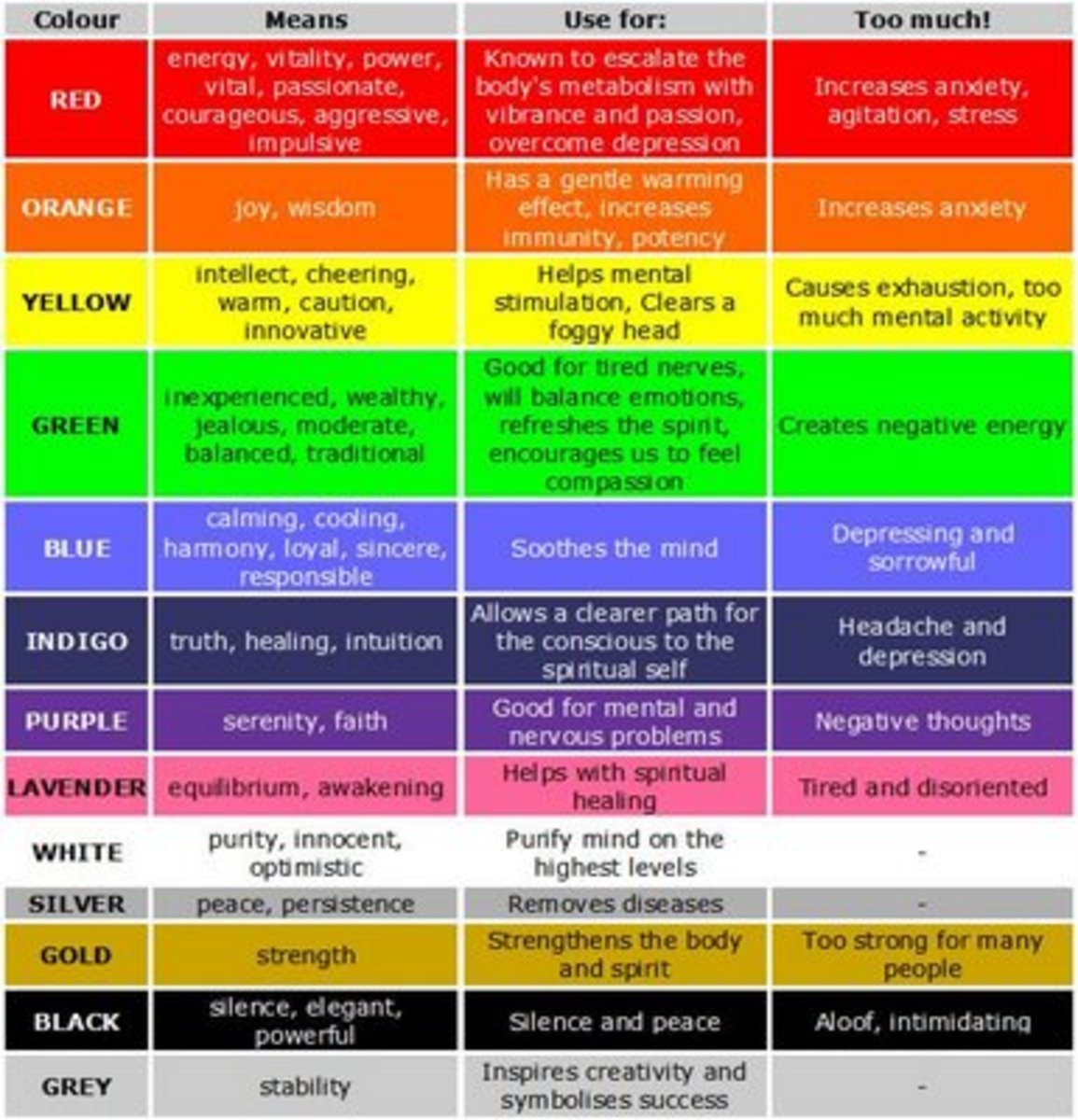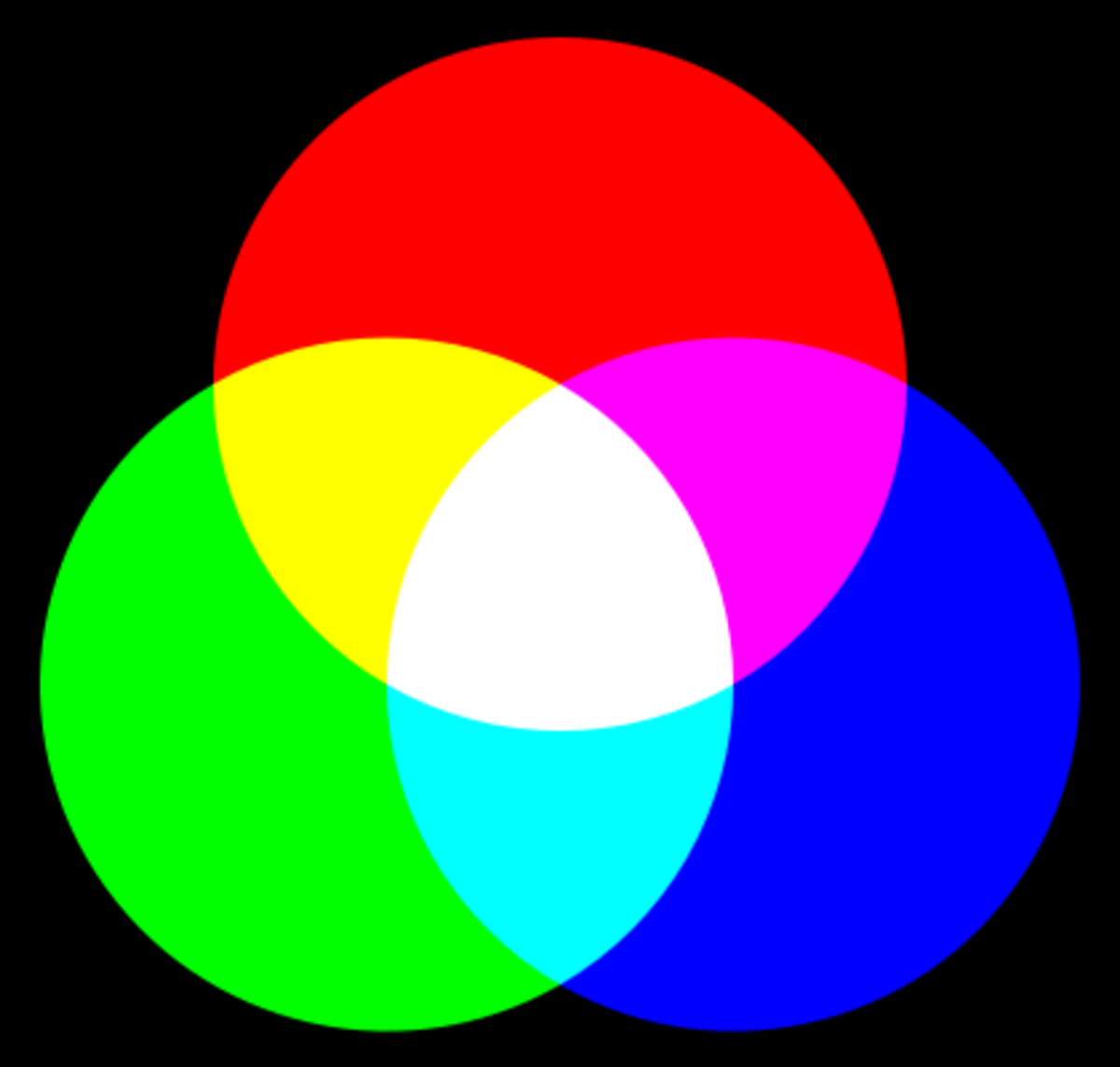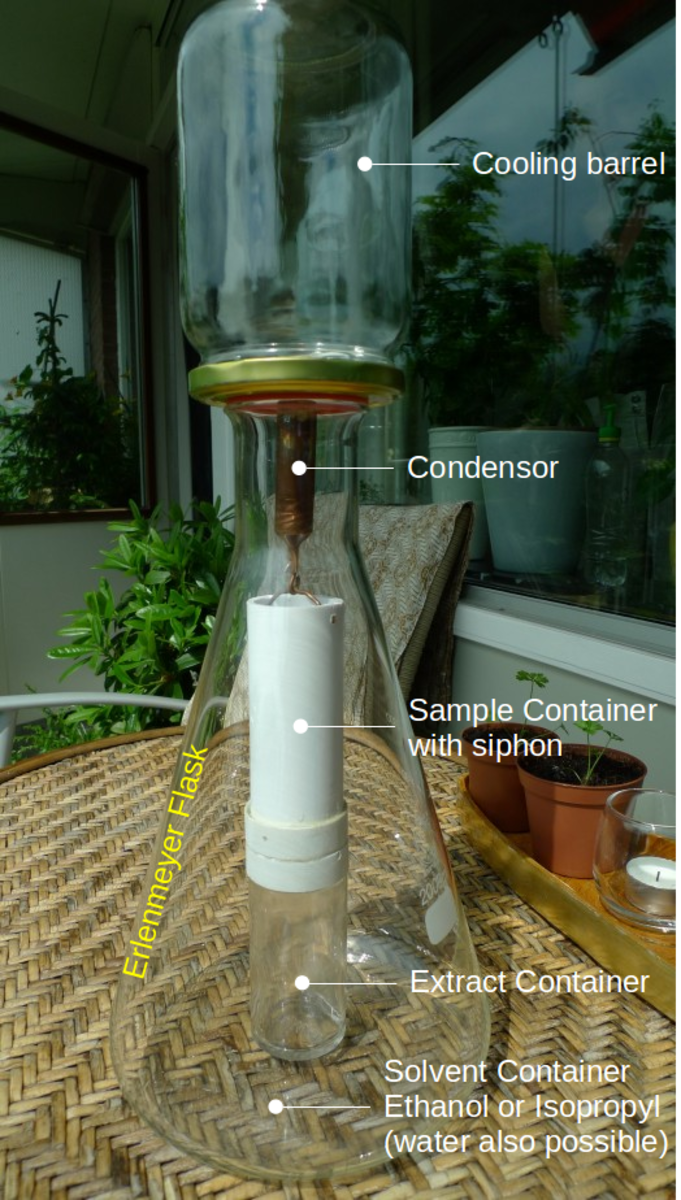How Color Therapy Works
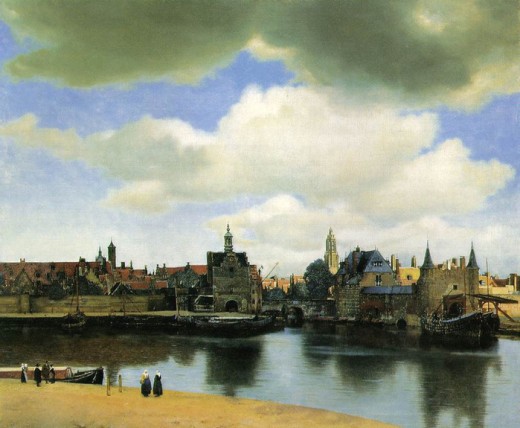
The way to integrity
Our civilization develops in a technocratic way. Since childhood, we are taught to use our left brain, responsible for logical thinking. The common words of this brain are duty, must, rules, order. This makes us lose the connexion with the world of our feelings and emotions. This is how the level of feelings and emotions of an average human has become under the threshold of consciousness.
Our mysterious subconsciousness hosts images, colors, smells, memories. Through it, goes the way of connexion and information exchange with the whole universe. It goes through images, subtle vibrations. But, nowadays, this way of perception is inaccessible to most of the people and forgotten by modern humanity. It is more developed within people who practise creative activities. Creativity by itself is a way to understand oneself, by exploring inner layers of subconsciousness, and through this, the way to connect with the energy and informational field of the universe. Logical thinking is important as long as it gives the possibility to realize our desires, set goals, develop strategies. It helps us communicate and understand other people. However, unless we have the contact with the right brain, with the world of colors, subtle energies, feelings, we cannot feel our integrity, our complexity. It is the very feeling of existence that the right brain gives us. It is the experience of existence itself - you are bathing in the world of colors and images. This is how we can feel happy.
When it comes to self-perception, self-awareness, most of us rely on what others say about us. Because we lose the habit to rely on our own feelings, we lose connexion with ourselves - thus we become alien to ourselves. This is how the opinion of other people becomes important. It even becomes the most important criteria as far as self-evaluation is concerned. And then, you look at the colors in the works of art and feel nothing at all. Because we've lost this habit to trust our feelings and emotions to receive knowledge, and because we've obtained the habit to think, compare and evaluate, we get lost in this life. How does it happen? We cannot make decisions or choices, we do not know what relationships are important and what are not important. We cannot tell people who lie from people who tell the truth. Subconsciously, we know it all, but because we cannot hear our feelings we often make mistakes.
And this is how illnesses appear. Instead of understanding our problem and what hurts us and stresses us, we ignore it. On a subconscious level, the problem stays and grows, then reveals itself in an illness. There are different ways to penetrate the world of feelings, emotions and subtle perception. One of them is through colors.
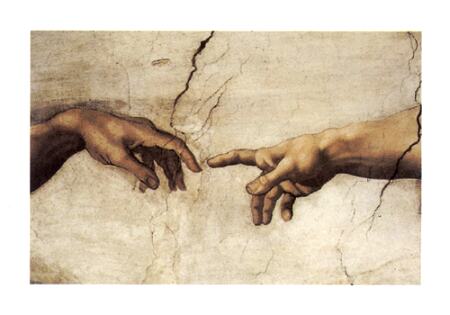
Our seven true colors
The notion of "chakras" has come to us from ancient teachings. In them, chakras are viewed as the sources of energy. They not only give us energy but also information. Every chakra is like a separate computer that records and reproduces information. On the whole we have seven computers like that that are united in one network. Every chakra transmits about 50% of personal and around 50 % of common information. There are seven basic chakras and their colors correspond to the colors of the rainbow: red, orange, yellow, green, indigo, blue and violate. When all the chakras deal with their tasks correctly, and their actions are in accord, we are healthy and happy. But there are few people like that. The problem is, very often the work of chakras does not only go the wrong way, but the actions of different chakras are incompatible.
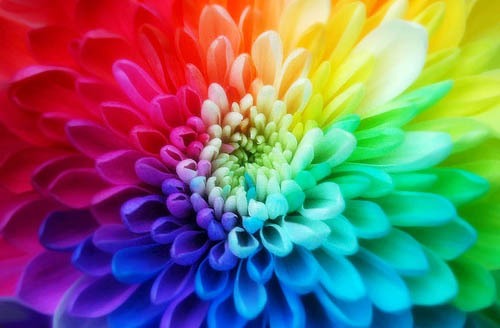
Three groups of chakras
Chakras can be divided into three groups. Red, orange and yellow chakras are body chakras. They are responsible for physiological functions in our body and they have information about every cell inside our body and all the bodily systems. Besides that, the energy that they create defines our emotional state. If the energy flows are quiet and clear, these are emotions of satisfaction (remember the semi-smile of Buddha?). But if there is a disturbance in them, this leads first to irritation, then to anger, apathy and finally the death of the body. Sometimes we feel fear in our stomach. This is what is called animal fear. It is turned on with these chakras.
The second group of chakras is called chakras of consciousness. These are indigo, blue and violate chakras. They are responsible for awareness, information analysis, verbal expression of thoughts and actions. But they also participate in body regulation.
There is one chakra left - the green one. It's our emotions, feelings. Its main craving is admiration. It is situated in our chest, and is responsible for the union of spirit and body. Its main function is love, acceptance and unity. It's not by chance that the heart is in the middle of our body. Our heart is the place where blood circulates. The blood in its turn goes through the whole of our body and brings information from different organs and chakras.
Ideally, all chakras must work in balance and never disturb each other. But in reality it is not always so.

How color therapy works
Our nervous cell from childbirth has a healthy vibration with a certain wave length. When a pathology takes place, the vibration of the cell changes. In color therapy, according to the response principle, the cell is imposed with a healthy vibration. It is natural for a nervous cell to collect and accumulate the lacking colors and reject the colors in abundance. This is how color therapy works.
Every color has a multitude of shades, from the subtlest delicate ones to the deepest, full of wisdom and knowledge. You need to plunge in the color like in the depths of the sea, give yourself away to its vibrations, like to sea waves, bathe in the color, fill up with the color, and then you start feeling what color is.
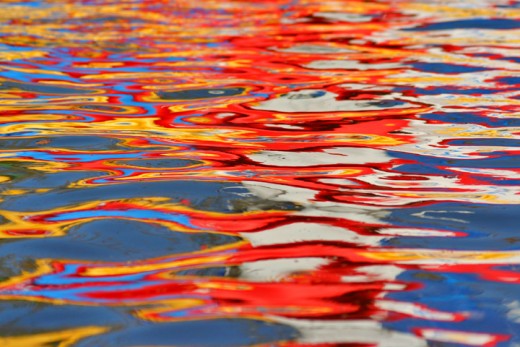
Do you think color therapy is worth trying?
- delicious blog: Contemplating Shri Yantra
Shri yantra is very powerful. Why do we need it today? Because as modern science tells us, shri yantra is created considering human perception and nervous system even as far as neurotic organization of our cells.


